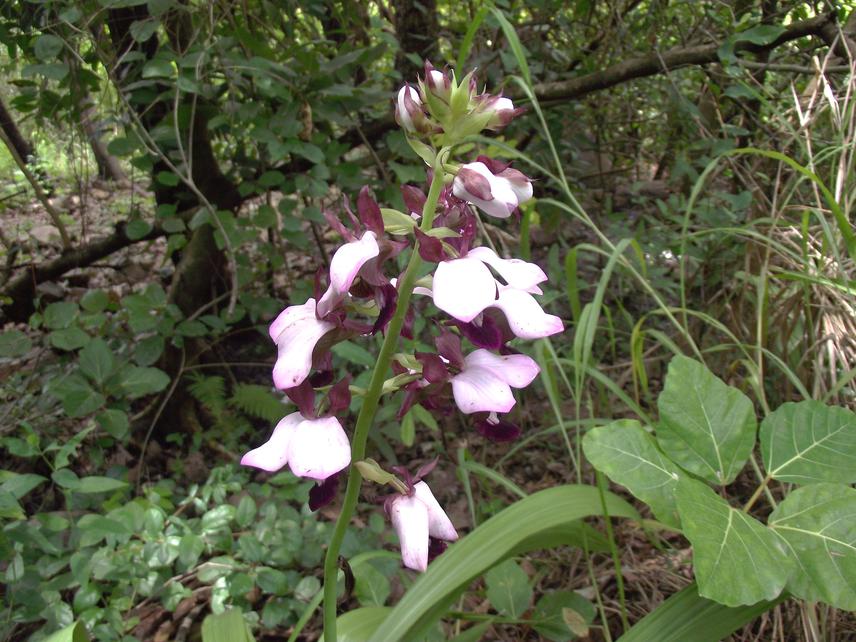Eméline Sêssi Pélagie Assede
Other projects
29 Jan 2015
Diversity, Socio-Economical Importance and Participatory Conservation of Orchids in the Biosphere Reserve of Pendjari (Northern Benin)
The overall goal of this project is to contribute to conservation of wild orchids in the PBR, through integration of in situ and ex situ strategies, and the promotion of local community participation in conservation actions. Specifically it will: (i) develop effective in situ conservation and management interventions for the threatened orchids species in the village around the Pendjari Biosphere Reserve; (ii) develop appropriate ex situ conservation strategies for the threatened orchids; (iii) promote local communities participation in orchid conservation.

Eulophia horsfallii (Bateman) Summerh.
Most orchid species inventoried during the first Rufford project (67%) occur within unprotected parts of Pendjari Biosphere Reserve (PBR), especially in habitats close to villages. Orchid biodiversity may decline within unprotected zones because those habitats are highly degraded, not legally protected and vulnerable to anthropogenic pressure. Based on results from the first research project, we noted twelve threats orchid habitats directly related to human activities, with an increasing impact around the PBR. The most important effects on orchid species include orchid host tree pruning and cutting, deforestation for agriculture and pasture, and orchid harvesting for medicinal, spiritual and veterinary purposes. The overall goal of this project is to contribute to conservation of wild orchids in the PBR, through integration of in situ and ex situ strategies, and the promotion of local community participation in conservation actions.
The study will focus on three main actions:
(i) In situ conservation of threatened orchid species will focus on establishment of orchid monitoring plots and implementation of orchid habitat restoration. Local users will be sensitized through community forums and workshops on best environmentally sound practices for harvesting wild orchid.
The program will include:
(i) Documentaries on best land use practices and public education on the importance of orchid conservation.
(ii) Improved management of orchid habitats (gallery forests) will be based on several actions. The evaluation of the existing practices and state management systems will be done. This will help to develop outreach material in the form of booklets, posters, and fliers which highlight the status of the orchid species, their habitat preferences, management systems, and propagation methods and techniques. This outreach material will be used in building awareness on target species, and their sustainable utilization.
(iii) The ex situ conservation strategies include establishment of an experimental nursery to raise plants (including saplings of the identified orchid host trees) and supply seedlings to farmers, community groups, schools and households. In addition, there will be capacity building workshops at village level, by using outreach materials and best sustainable harvesting methods for orchids and trees.
Eventually, all the information and learning will be published in a popular journal as resource material for developing a conservation action plan, for popularizing the program through network building among community groups and other local institutions, and engaging them in planting seedlings in agriculture bunds, backyards, school gardens, and degraded forest lands.